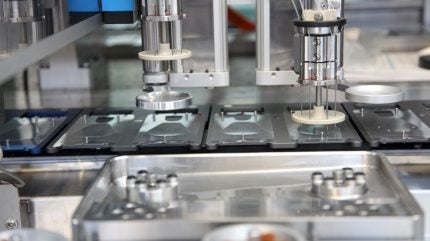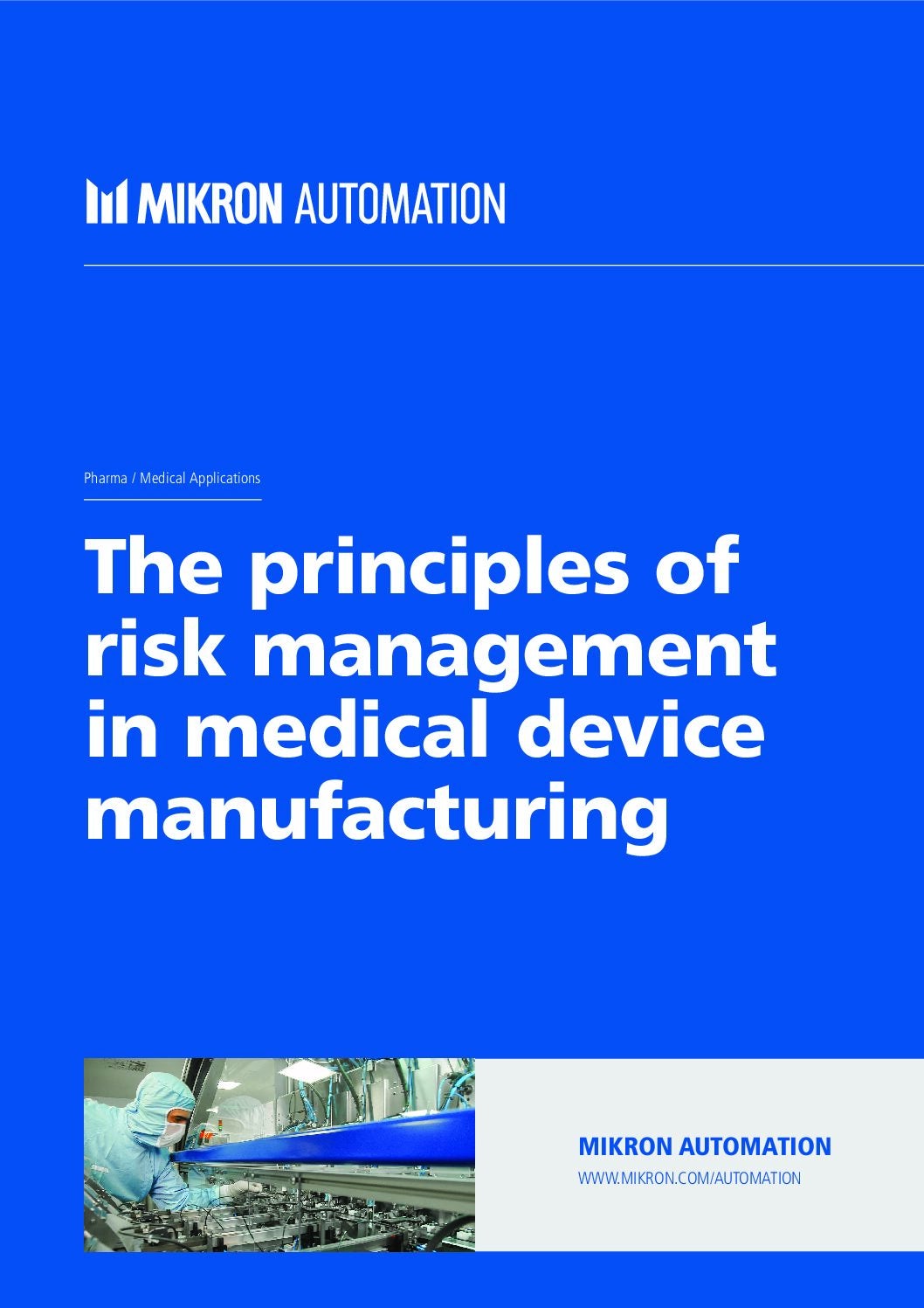
Whilst the sudden and unprecedented spike in demand for point-of-care (POC) testing necessitated by the COVID-19 pandemic is set to wane, the future looks bright for the POC devices market overall.
POC tests have been a staple of healthcare for decades, even before the pandemic. A pregnancy test is a classic example of a disposable POC diagnostic, whilst ultrasound machines represent transportable POC diagnostics used by medical professionals in the presence of the patient.
However, POC testing is becoming increasingly commonplace as it is deployed in more innovative ways. GlobalData analysts predict that, excluding Covid testing, the POC testing market will grow by 2.2% year-on-year. Thanks to a remarkable new range of devices able to detect a variety of diseases from diabetes to anemia, global revenues from POC tests look set to exceed $25 billion by 2028.
POC testing: quick, clean, and convenient
The convenience of POC devices was made clear during the pandemic years. Reverse transcription polymerase chain reaction (RT-PCR) tests, used at the start of the pandemic to ascertain if an individual was Covid-positive, required processing in a lab, meaning results could not be returned to patients for hours or even days given the volume of samples being submitted.
The possibility of cross-contamination during the transportation and processing of the tests also rendered them less convenient when accurate diagnostics were needed quickly. With a POC test, on the other hand, patients could test themselves for the virus and receive an accurate result within minutes, without requiring access to a lab or complex medical equipment.
The way POC tests dramatically reduce the turnaround time (TAT) of testing is one of its major advantages and justifies the more minimal economies of scale versus large-scale laboratory testing. With POC tests, patients can quickly and easily be diagnosed for a variety of medical conditions, thus resulting in quicker treatment and reducing costly delays.
That POC tests can be conducted without the support of large labs or hospitals to process samples is one of the key factors in determining their future growth. POC testing can be used to test for a wide range of conditions beyond COVID-19, from infectious diseases, including HIV, to hematological conditions such as anemia, and even metabolic disorders like diabetes.
The future market
The possibility of testing for HIV or anemia with minimal medical infrastructure could be transformative to remote regions and developing countries. Communities in Southern Africa, which continue to be afflicted by disproportionately high rates of HIV, could benefit in a major way from effective mass-testing of its rural population, estranged from major laboratories and the region’s underfunded healthcare systems.
Furthermore, evolving technology means POC testing has a growing capacity for digital integration. Digital POC devices have the potential to provide contextual information on results to patients without the physical presence of a healthcare professional. A handheld digital POC can be made Bluetooth-compatible, meaning accurate results can be instantly uploaded to a computer and easily transmitted to a medical practitioner if needed.
However, production of POC tests and molecular diagnostics needs to be completed with the utmost care. “These devices are very complex as they have a high number of tiny channels and different type of reagents,” notes Jean-François Bauer, head of marketing and development at Mikron. “Cleanliness is an important topic as no outside DNA need to be present during the assembly which could influence to final results.”
Finding the right manufacturing partners is therefore essential to the growth of the POC industry, already worth billions and predicted to expand even more over the next decades. According to GlobalData, as of 2022 the diagnostic testing market was worth $42.8 billion. The testing market for infectious diseases is currently the largest at $33.87 billion, followed by metabolic disorders ($6.24 billion) and hematological disorders ($2.67 billion). POC testing accounts for 80% of these revenues.
The growth predicted will be driven by the factors above, but also demographic change. Countries with a greater proportion of elderly citizens must expect to see a rising demand for POC tests, especially for various blood diseases. An aging population who can test themselves for prevalent geriatric conditions at home would do much to reduce the burden on healthcare systems.
Moreover, conditions like diabetes are on the rise thanks to the growing prevalence of obesity. HbA1c diagnostics can be used to screen individuals for diabetes and must be conducted at least twice a year to monitor the condition. The market for POC tests for such uses is therefore strong, especially in the US.
Molecular diagnostics
One of the fastest-growing areas in the POC field though is molecular diagnostics. According to recent market research, the global molecular diagnostics market size was valued at USD 42.26 billion in 2023 and is expected to reach around USD 61.29 billion by 2033 with a registered CAGR of 3.8% in that period.
As with other POC systems, North America dominates the molecular diagnostics market. With a high prevalence of chronic diseases in the region, these systems will play a key role in the early detection, diagnosis, and monitoring of various conditions, further increasing the market’s growth. Other factors pushing the sector forward are the uptake of tests in oncology and the growing demand for personalised medicine across other disease areas.
Industry experts predict that this upward trend will continue given the favorable growth outlook and the role molecular diagnostics can play in improving the clinical decision-making process. Key to this will be the Clostridium difficile testing market, in which molecular testing plays a crucial role. Approximately 2 million of the 5 to 7 million tests performed in the US for the condition each year utilise molecular diagnostics due to the system’s accuracy and speed.
Mikron paves the way
Ready to cater to the growing demand for POC tests is the Mikron Automation, a world-leading provider of assembly solutions. Headquartered in Switzerland, Mikron retains a global outlook with production sites across Europe, Asia, and North America, and has the expertise to develop the specific assembly processes of POC tests of all kinds, including on-the-spot molecular diagnostics systems.
The intricacies of a molecular test require expert manufacturing to deliver a successful product. “During assembly, multiple tiny channels need to be separate from each other and not obstructed,” explains Bauer. “This is mainly done by closing those channels using foil laser welding, a very sensitive process.
“Multiple type of reagents are used in manufacture, from liquid, to liquid dried during the process, or lyo-beads. All these processes are very sensitive in terms of dosage, process time, and quality.”
Mikron is an experienced supplier to the medtech industry. For over 50 years it has provided pharmaceutical assembly systems and is ready to partner with new companies dedicated to producing the next generation of medical devices. Mikron’s expertise in POC test production also includes producing test kits on high-speed assembly lines, from assembling plastic components to strip cutting with quality and dust management. With such a manufacturing partner at hand, it will be easier than ever to prepare the new era of POC diagnostics for market.
To find out more about how the POC testing market is evolving, download the free whitepaper below.



